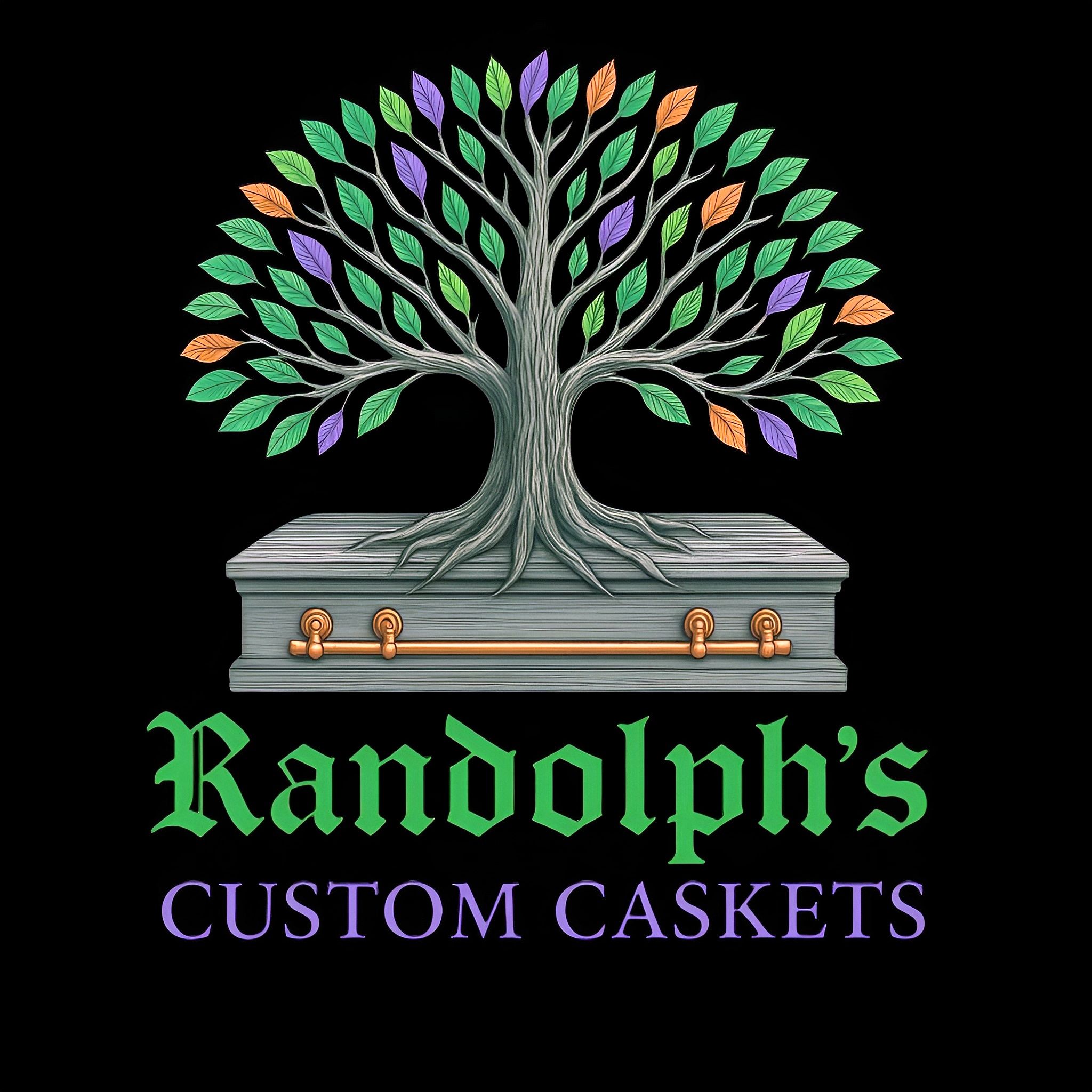You’ve likely heard the tidy version: grief comes in five predictable stages, neatly moving from denial to anger, bargaining, depression, and acceptance. It’s a comforting thought, a roadmap through unimaginable pain. The only problem? It’s not how grief actually works for most people.Modern research has largely moved beyond this linear model, revealing a truth that resonates deeply with anyone who has weathered significant loss: grief is a wild, unpredictable terrain. It doesn’t follow rules or timelines. It’s less a journey through fixed stages and more like navigating an ever-changing landscape, where moments of sharp pain can unexpectedly arise years down the road, alongside moments of peace, even joy.
Think of grief less like a ladder to be climbed and more like an ocean. Some days the waves are calm, and you find moments of sharp pain can unexpectedly arise years down the road, alongside moments of peace, even joy. Other days, powerful swells of sorrow can crash unexpectedly, even years after the loss. This oscillation, moving between confronting the reality of the loss and engaging with the tasks and joys of daily life, is now understood as a healthy way many people navigate bereavement. It’s not a sign that you’re “doing grief wrong” or are “stuck.” It’s simply part of the process.
Perhaps one of the most challenging “rules” grief is expected to follow is the idea of “letting go.” Society often subtly, or not so subtly, pushes the bereaved towards achieving “closure,” implying that a healthy recovery means severing ties and leaving the deceased firmly in the past. But what if healing isn’t about letting go, but about learning to hold on differently?
This is where the concept of continuing bonds offers a profound and liberating perspective. Research now confirms what many grievers instinctively know: the relationship with your loved one doesn’t end with death; it transforms. Maintaining a connection isn’t pathological, it’s a normal, healthy, and often vital part of adapting to loss.Think about it. The love, the shared history, the impact a person had on your life, that doesn’t simply vanish. Continuing bonds are about finding ways to actively maintain that connection in a way that feels authentic to you. This could be quiet, internal moments, like reflecting on their advice or feeling their presence. It could be active remembrance, like visiting places you loved together, continuing a tradition in their honor, or dedicating a space for their memory. It’s about integrating their legacy into your ongoing life, allowing their influence to continue shaping who you are.
These connections evolve over time, just as relationships do in life. They can be a source of comfort, strength, and continuity, helping you carry their memory forward as you build a new life alongside your grief.
Ditching the expectation of a linear process and embracing the reality of continuing bonds can be incredibly freeing. It validates your experience, whatever form it takes. It gives you permission to feel a wave of sadness on a good day or find unexpected joy in a memory without questioning your healing.
Ultimately, your path through grief is as unique as the person you’re mourning. There are no “shoulds” or “musts.” The latest understanding of grief doesn’t offer a map, but it does offer something perhaps more valuable: permission to navigate your loss authentically, to honor your connection in ways that feel right to you, and to trust that you can build a meaningful life that carries the enduring imprint of the love you shared.
For more information and resources, visit our support page at https://randolphscustomcaskets.com


0 Comments